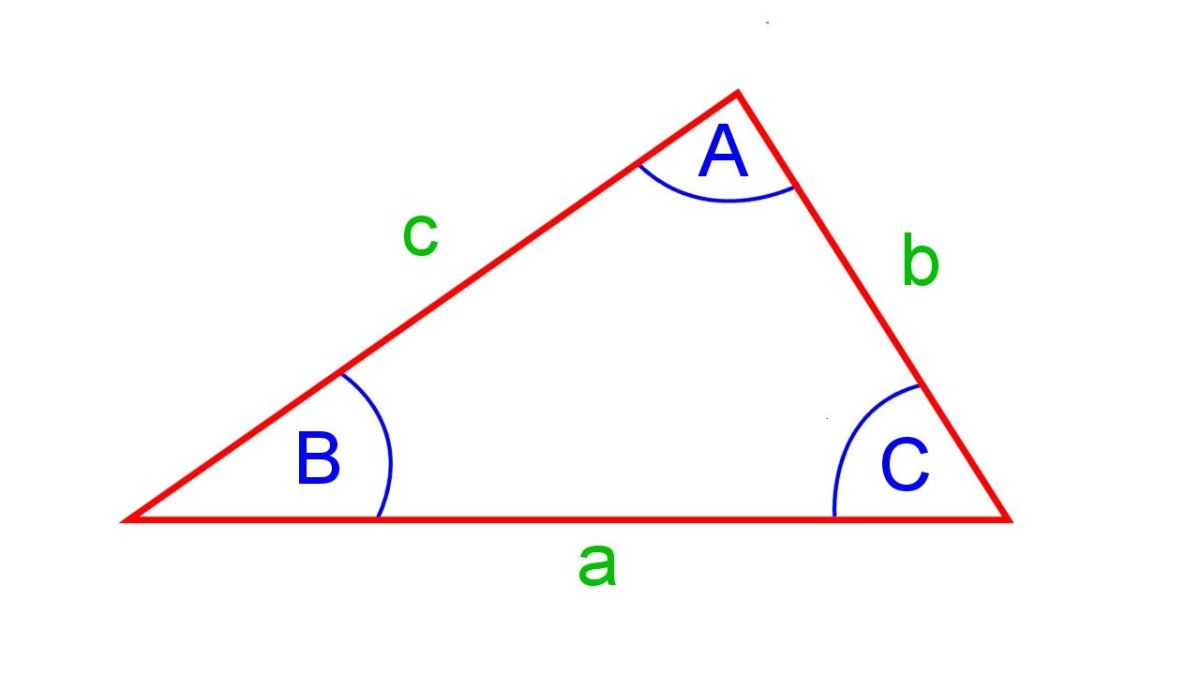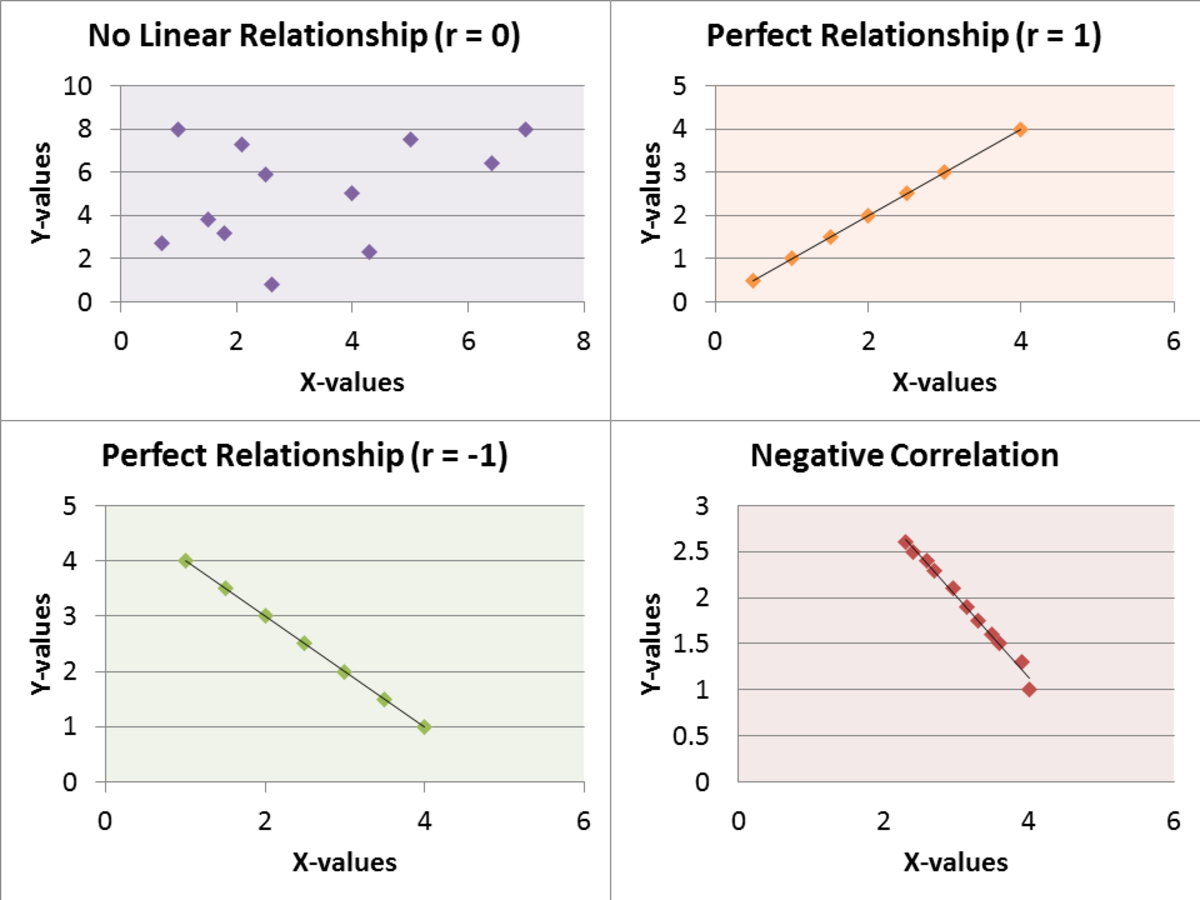Stratified Sampling. A quick guide to working out a stratified sample.
A stratified sample is when a population is divided into categories, for example, children (under 18) and adults (over 18), and the amount of people you choose from each group in your sample is in the same proportions as the groups in the population. To work out the amount of people you choose from each group in your sample multiply the proportion of people in each group by the sample size.
Example 1
A small village has 204 people under the age of 18, 726 adults (over 18) and 268 pensioners. Jenny wishes to carry out a survey on whether or not the village needs a new supermarket. She decides to use stratified sampling based on age group so that the sample is more representative of the whole population. Her sample size is 50 people. Work out the amount of people Jenny should select from each group.
Answer
First find the amount of people in the village.
204 + 726 + 268 = 1198.
Next write down the proportions of people.
Fraction of children = 204/1198
Fraction of adults = 726/1198
Fraction of pensioners = 268/1198
All you need to do now is multiply these fractions by the sample size. This can easily be done using the fraction key on a scientific calculator.
Amount of children = 204/1198 × 50 = 9
Amount of adults = 726/1198 × 50 = 30
Amount of pensioners = 268/1198 × 50 = 11
Just check that these numbers add up to 50 as Jenny only wants to select 50 people from her sample.
9 + 30 + 11 = 50.
For some more help on carrying out a stratified sample click here.
For harder questions on stratified sampling click here.






